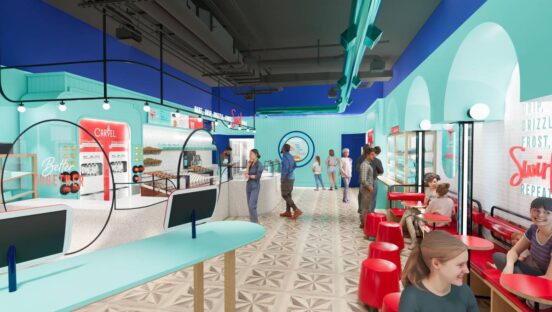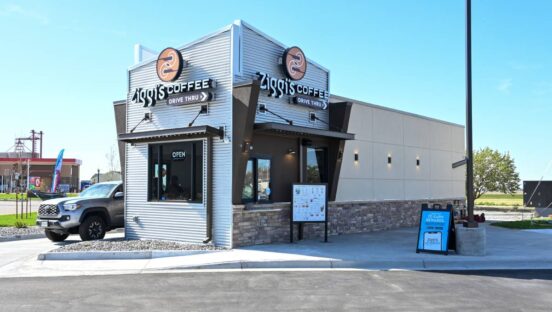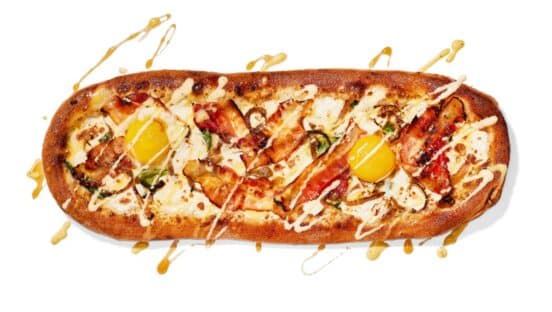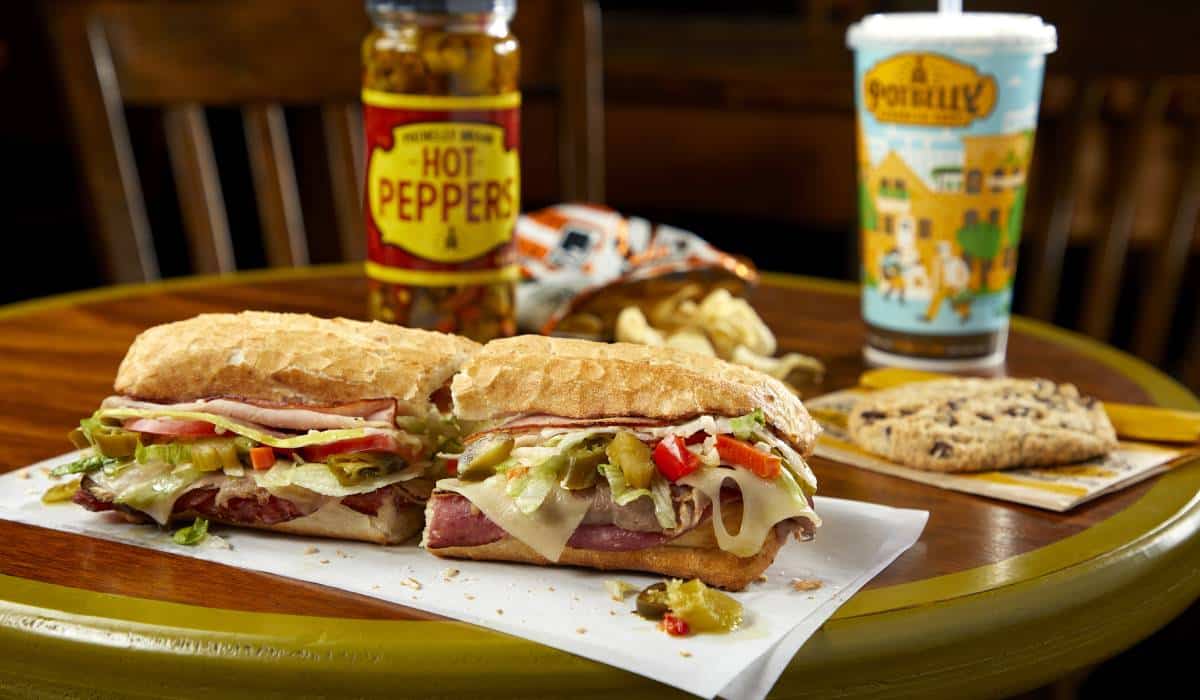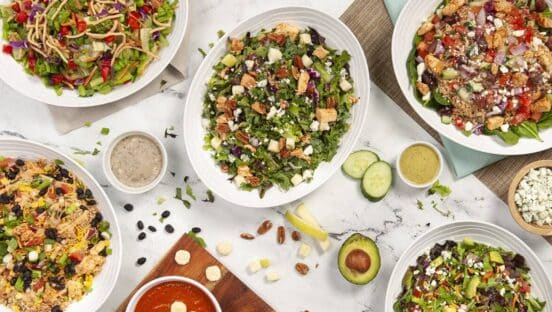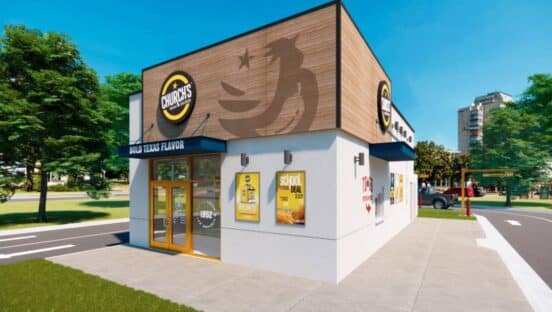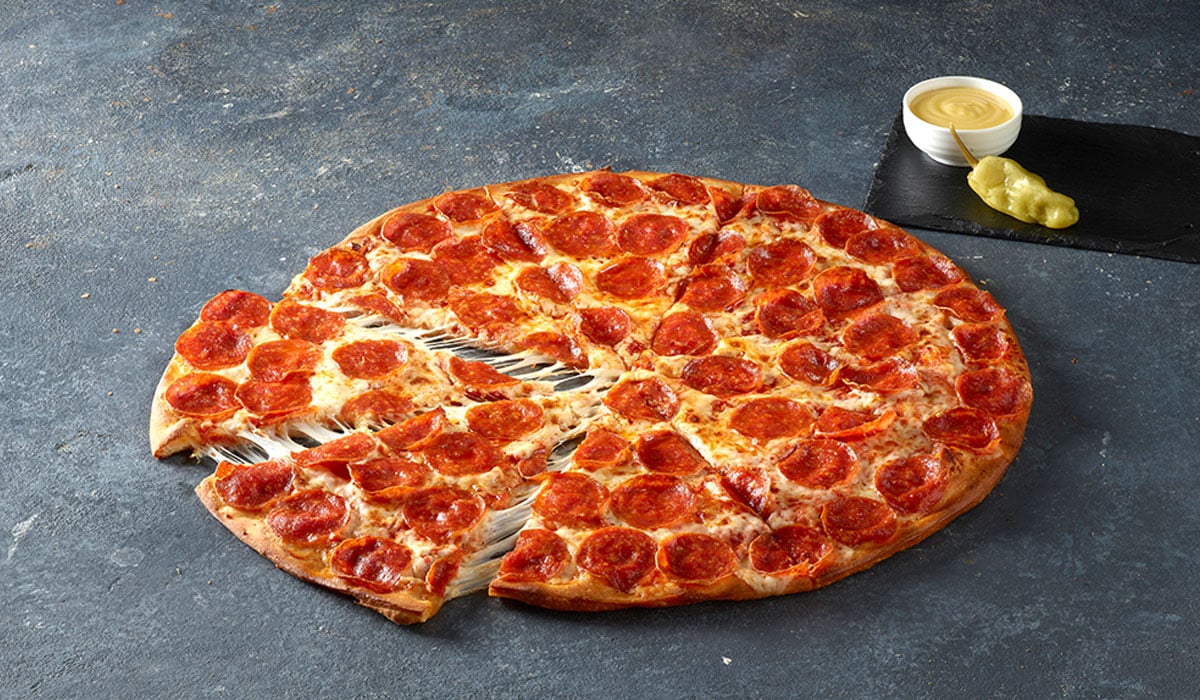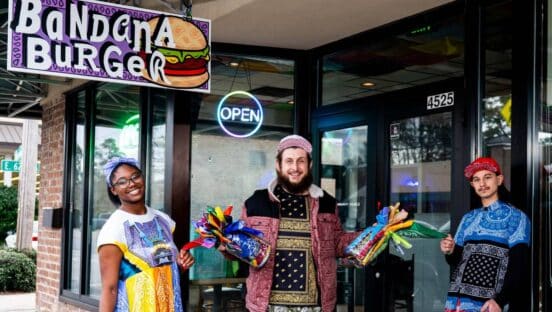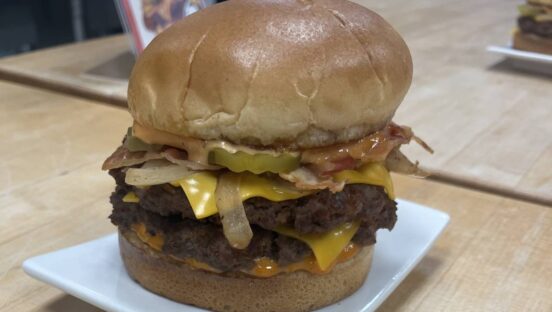Gone are the days when the conventional taco truck was the only show in town. Contemporary food trucks slinging gourmet cupcakes, Korean BBQ, and $20 lobster rolls now vie for their share of consumers’ dollars in nearly every city across the U.S.
With more food trucks hitting the streets every day and markets growing saturated, many in the foodservice industry are wondering what will become of the category. But Dennis Lombardi, executive vice president of foodservice strategies at WD Partners, says food-truck operators have reason to be optimistic.
“The food truck market will continue to grow,” he says. “Sure, you’ll see your fair share of failed ventures, but those are part of the growing pains, and food trucks are still a very small percentage of the food industry.”
Entrepreneurs who have capitalized on the food-truck trend since it took off two years ago suggest there are a number of things operators can do to keep their mobile businesses fresh and innovative, even as the market grows more competitive.
For example, trucks can recognize what consumers are looking for in a contemporary food-truck operation and adapt to their preferences. Abby Lauren, owner of Juice On The Loose, a raw-food juice truck in Los Angeles, recognized that her target customers valued health, convenience, and sustainability. The latter encouraged her to overhaul the entire business. “We started with a regular food truck and transitioned into a Mercedes Van with solar panels,” she says.
To improve operations, some food-truck businesses are streamlining their menus to be better at the few things they offer. Luke’s Lobster, which has restaurants on the East Coast, limited the number of menu items it served on its food truck so the team could track their ingredients and keep the operation more sustainable, says Ben Conniff, vice president of Luke’s Lobster.
“We know we can do three things—lobster, shrimp, and crab rolls—better than anyone else,” Conniff says. “Some ingredients are so good the best thing you can do is keep them simple.” Continuing to build the food truck’s presence offline and online also improves the business’s growth potential, he says, and positions it against the rising number of competitors.
“There is a temptation to try to be everywhere,” Conniff says. “Develop a following by keeping a consistent schedule. Find two or three good spots and go to them consistently. You want to be in the same space at the same time, and let your customers know you’re there on Twitter and Facebook.”
Leveraging the truck’s off hours also gives operators an opportunity to differentiate their business. Some food trucks have developed additional streams of income by booking private events when the truck isn’t scheduled to be anywhere else. Juice on the Loose, for example, developed a roster of corporate clients, like the DreamWorks and Warner Brothers studios in Los Angeles, and maintains a full schedule of events after its normal daytime shifts.
Patrick Russell, owner of the Kooper’s Chowhound and Woody’s Taco Island food trucks in Baltimore, has similarly built his business through special events—both casual and formal.
“We do parties, lunches, and all kinds of events,” he says. “It’s like, Why not have a personal chef come and cook for your office party or wedding reception?”
For people looking to invest in the food-truck industry for the first time, operators suggest making sure the equipment is top-notch so the business can hit the road running against established players in its region.
“You want to get everything in your truck the first time, because the second you pull off the lot, it’s going to cost you twice as much to add whatever you’re missing,” says Lee Campbell of East Coast Custom Coaches, which recorded a tenfold increase in purchase orders over the last few years.
Becoming an expert at individual municipalities’ regulations will also give new food-truck operators a competitive advantage, the experts say. Local regulations have proved to be one of the biggest challenges food-truck owners have faced since the trend exploded. While many urban centers warmed to the idea of added value through a food-truck culture, some city governments have been less welcoming.
The good news is more cities are willing to work with businesses to make both parties happy. Russell took matters into his own hands and approached his mayor and city council to discuss regulations.
“I was just amazed at how fast we were able to work out a solution,” he says. “We quickly set up a food-truck zone pilot program.”




